Home » Departments » Fire » Public Education » Fire Extinguisher
For emergencies, call 9-1-1
Fire Extinguisher
Used properly, a portable fire extinguisher can save lives and property by putting out a small fire or containing it until the Fire Department arrives. Portable extinguishers for home use, however, are not designed to fight large or speeding fires. Even against small fires, they are useful only under certain conditions.
- The operator must know how to use the extinguisher. There is no time to read directions during an emergency.
- The extinguisher must be within easy reach and in working order, fully charged.
- The operator must have a clear escape route that will not be blocked by fire.
- The extinguisher must mach the type of fire being fought. Extinguishers that contain water are unsuitable for use on grease or electrical fires.
- The extinguisher must be large enough to put out the fire. Many portable extinguishers discharge completely in as few as 8 to 10 seconds.
Choosing Your Extinguisher
Fire extinguishers are tested by independent laboratories and labeled for the type and size fire they can extinguish. Use these labels as a guide to purchase the kind of extinguisher that suits your needs.
Classes of fire
There are three basic classes of fires. All fire extinguishers are labeled using standard symbols for the classes of fires they can put out. A red slash thorough any of the symbols tells you the extinguisher can not be used on that class of fire. A missing symbol tells you only that extinguisher has not been tested for a given class of fire.
The extinguisher must be appropriate for the type of fire being fought. If you use the wrong type of extinguisher, you can endanger yourself and make the fire worse. Multipurpose fire extinguishers marked ABC may be used on all three classes of fires.
Remember, in some cases it may be dangerous to use any type of extinguisher. For instance, pressurized extinguishing agent could spread a grease pan fire rather than put it out.
Extinguisher sizes
Portable extinguishers are also rated for the size of fire they can handle. This rating will appear on the lable — for example, 2A:10B:C. The larger the numbers, the larger the fire that the extinguisher can put out, but the higher-rated models are often heavier. Make sure you can hold and operate an extinguisher before you buy it.
Installation, Maintenance
Extinguishers should be installed in plain view, above the reach of children, near an escape route, and away from stoves and heating appliances.
Extinguishers require routine care. Read your operator’s manual to learn how to inspect your extinguisher. Follow manufacturer’s instructions on maintenance.
Rechargeable models must be serviced after every use. (Service companies are listed in the Yellow Pages under “Fire Extinguishers.”) Disposable fire extinguishers can be used only once and must be replaced after use.
Remember the PASS word
If you decide to use your extinguisher to fight a fire, keep your back to an unobstructed exit and stand six to eight feet away from the fire. Follow the four-step PASS procedure.
- Pull-the pin
- Aim-the nozzle towards the base of the fire
- Squeeze-the handle
- Sweep-the nozzle back and forth until the fire goes out of the extinguisher runs out
Always be sure the Fire Department inspects the fire site, even if you think you’ve extinguished the fire.
Should you fight the fire?
Before you begin to fight a fire:
- Make sure everyone has left, or is leaving, the building.
- Make sure the fire department has been called.
- Make sure the fire is confined to a small area and is not spreading.
- Be sure you have an unobstructed escape route to which the fire will not spread.
- Be sure you have read the instructions and that you know how to use the extinguisher.
For more information on the selection and use of portable extinguishers or to schedule a class, contact the Fire Prevention Division at 512-218-3204.
Please contact us if you have any questions in reference to any safety topics at 512-218-5590.


